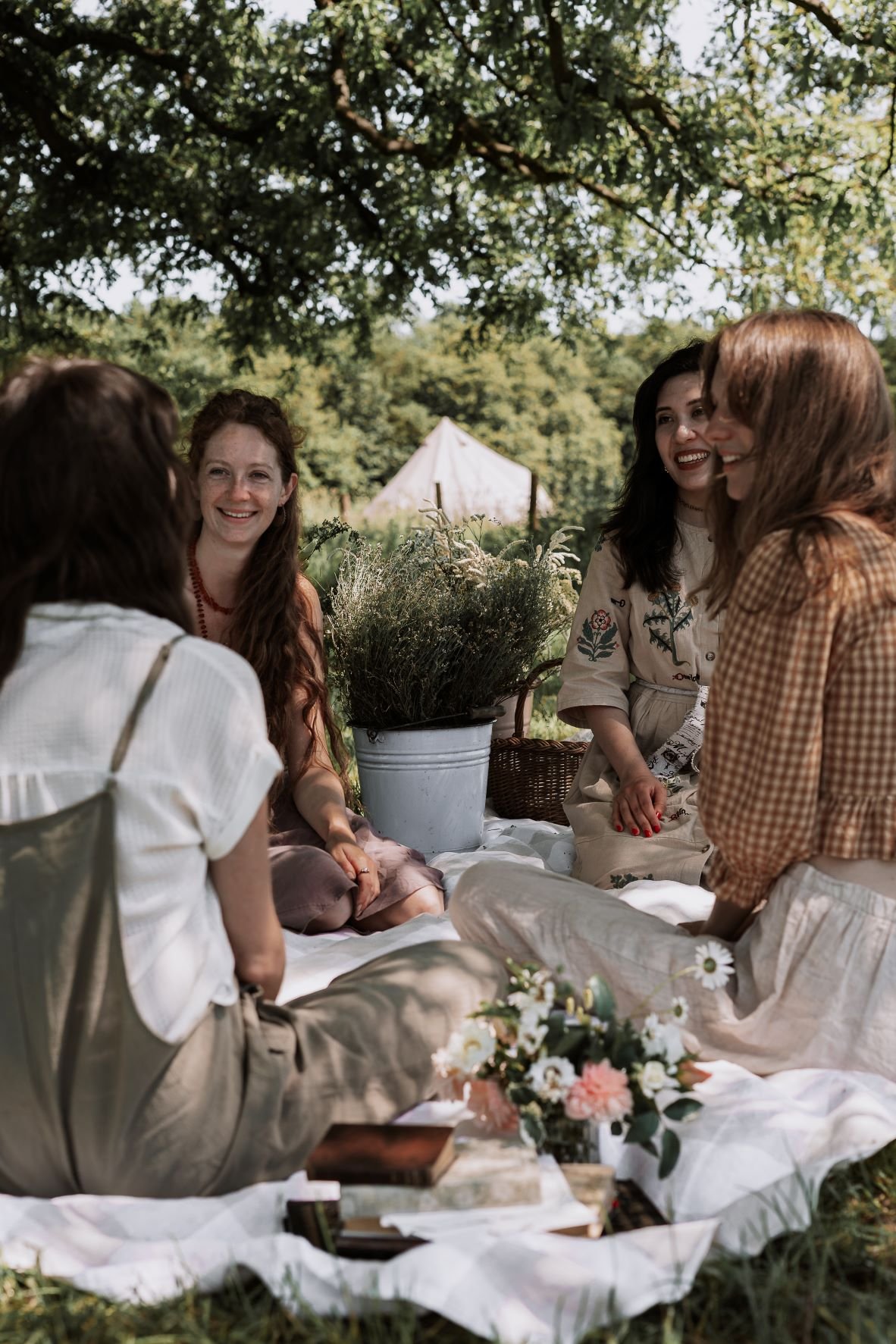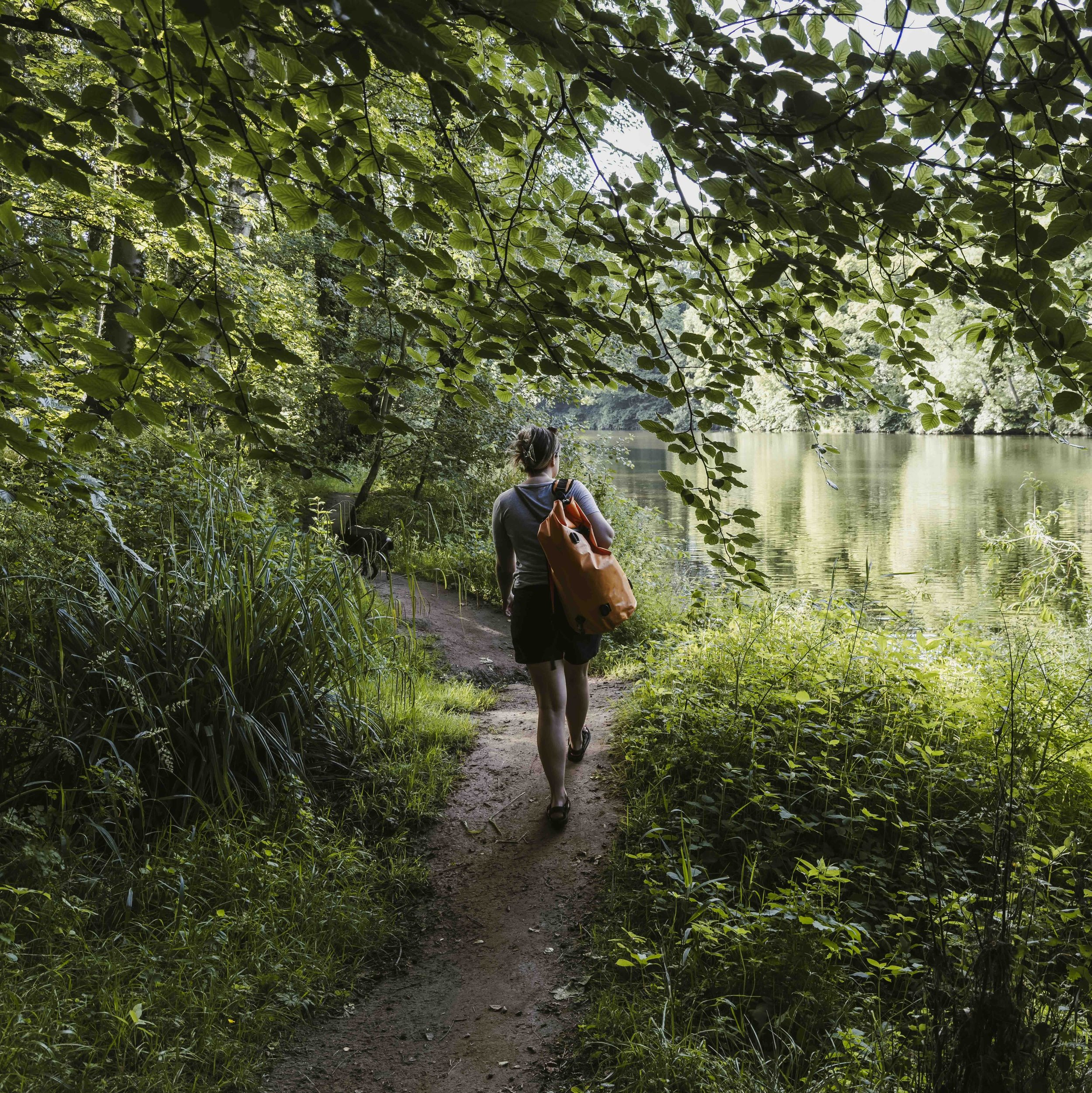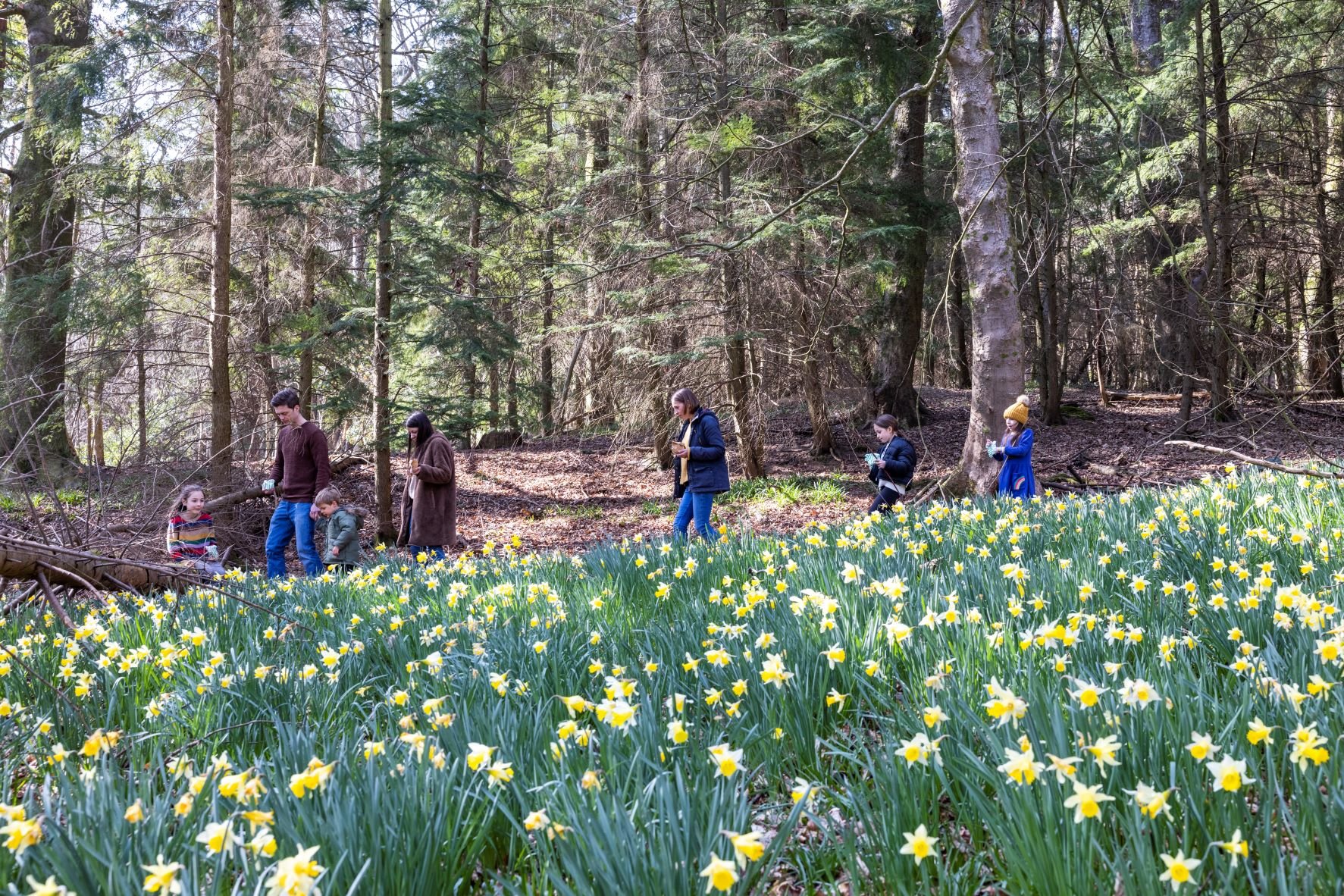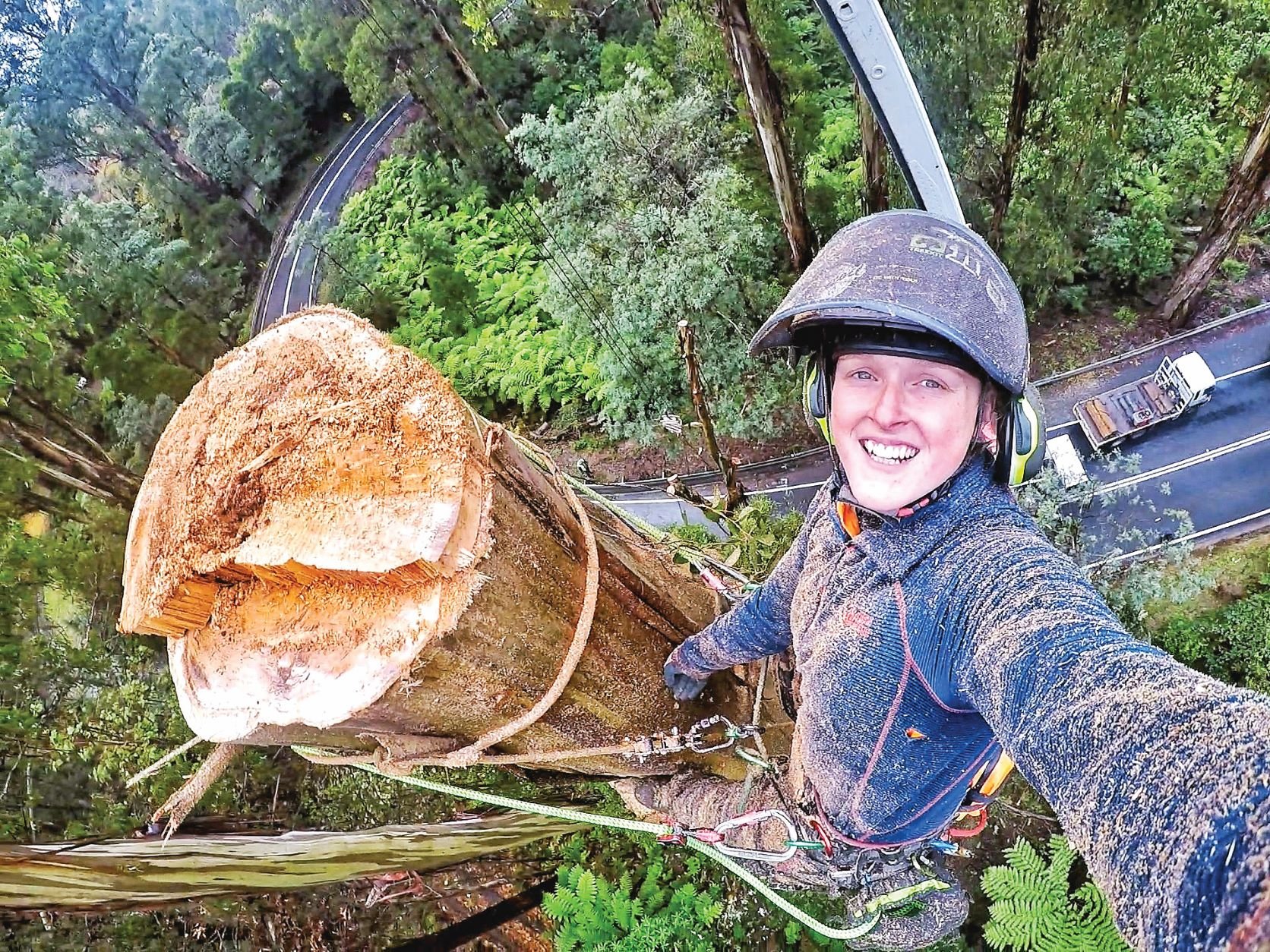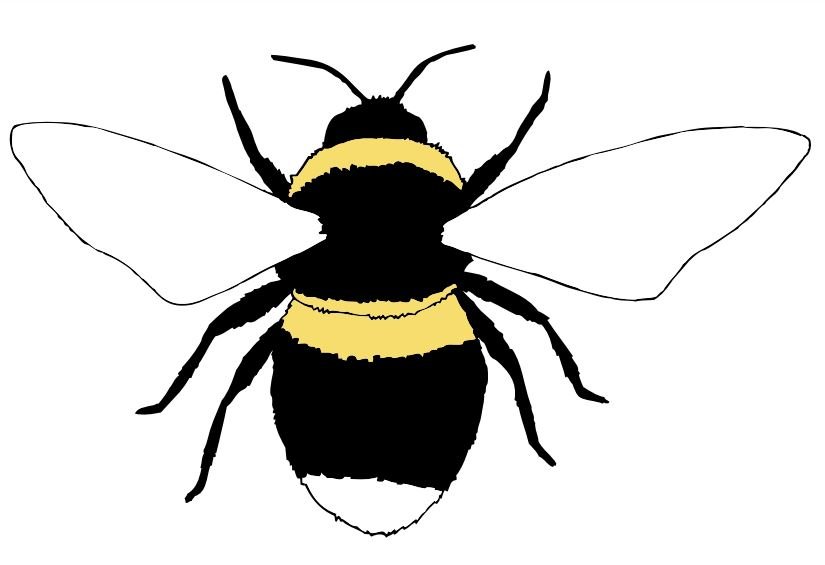Take a seat, stare into the middle distance, and let your mind wander with purpose
We’re programmed to see daydreaming as something we shouldn’t do. Hands up if you were told off for ‘daydreaming’ in class at school… We thought so. But perhaps day dreaming is something that should be encouraged.
Obviously it’s not to be encouraged while driving a forklift truck or during an exam; there’s a time and a place for everything, isn’t there? But simply sitting with the purpose of doing nothing but allowing your mind to go on a journey can be a very useful exercise. Day dreaming has been shown to lower stress and anxiety, help you solve problems, increase your creativity and use parts of your brain that don’t often get any exercise.
Srini Pillay, author of Tinker, Dabble, doodle, Try says “What you want to aim for is called positive constructive daydreaming (PCD). These sessions of unfocusing can be spontaneous or planned, and they will ultimately make you feel more self-aware, more creative, and far less bored. When you engage in PCD, you give your focused attention a break and allow yourself to plan and rehearse what’s to come. In other words, if you allow yourself to constructively daydream, you are likely to realise things about the future that you would miss otherwise.”
Here’s how to really make the most of daydreaming.
Choose the right time
Putting a slot in your diary isn’t really in the spirit of the thing so don’t ‘plan’ to do it but maybe have a think about a few times in your week that might allow for it: the half hour between finishing work and picking the children up, last thing before bed instead of checking your emails or watching TV, the empty half hour while dinner is in the oven. Then when the moment arises you can seize it. A w ord of advice though - try to only daydream when you’re feeling happy and relaxed, otherwise a daydream can turn into a bit of a worry session.
Find the right location
Sitting in the window or lying on your bed are both good places to start but if you find home life just too busy to be able to daydream properly, take yourself off for a walk and find somewhere quiet to sit unobtrusively. A bench in a park or just a coffee alone in a cafe work well. Train journeys are great daydreaming spots, too.
Do something mindless
Unlike meditation, you don’t need to empty your mind or control it by bringing it back to a mantra or a place of relaxation. So doodle if it helps, knit, polish your cutlery - whatever feels low pressure and doesn’t require any real thought. If you prefer, you can do nothing at all but it’s not a must.
Pick a daydream topic
As we said, this isn’t about emptying your mind. Daydreaming is a chance to indulge your thoughts. Where are they taking you? Pick a fun place to start (dreaming about a trip or holiday, or what you’d do with a lottery win) and then just let your mind wander. A couple of good places to start are either dreaming back to the past and remembering a happy event you remember or dreaming into the future, thinking about things you hope to one day do.
Don’t be shy
Role play is a common way to daydream, but no one can see your daydreams, don’t forget. If you want to rescue 400 puppies from a burning building and then graciously receive an award for bravery presented by Princess Anne, that’s absolutely fine. Ditto Salman Rushdie presenting you with the Booker prize for a novel you’ve not yet written. One of the reasons why daydreaming is good for us is the positive effect of happy thoughts on our brains. Just try not to accept your Booker prize out loud or you’ll give yourself away.
Know what you want to achieve from your daydream
That might simply be a pleasant half hour spent staring at the clouds and daydreaming of nothing much at all, but you can also use daydreaming to more productive effect, such as plotting that Booker Prize winning novel, or planning how you might redecorate a room. Feel free to plot world domination if you like, but that’s probably not in the daydreaming spirit of the thing. Whatever your plans, have a pen and paper to hand so you can write down anything particularly brilliant.
If you’re choosing to daydream on a bench like the one above, you might like to first read our feature on why we love a bench in our August issue.
Buy this month's The Simple Things - buy, download or subscribe
More from our latest issue…











